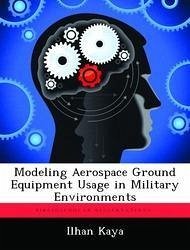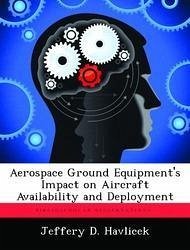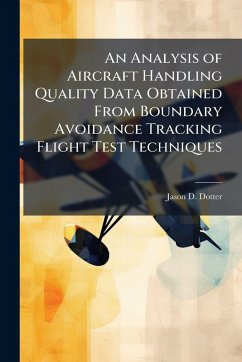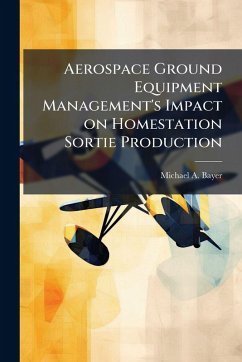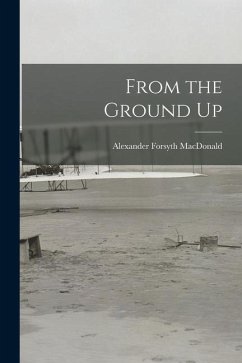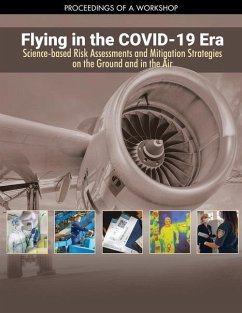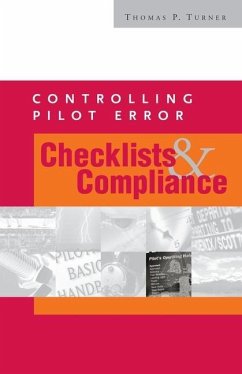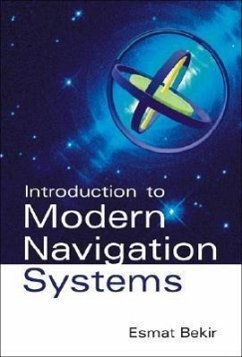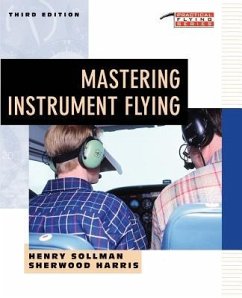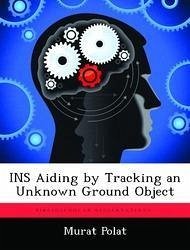
INS Aiding by Tracking an Unknown Ground Object
Versandkostenfrei!
Versandfertig in über 4 Wochen
18,99 €
inkl. MwSt.

PAYBACK Punkte
9 °P sammeln!
The reduction of the navigation error in an inertial navigation system by optically tracking a ground object is investigated. Multiple observations of the ground object areused. The location of the ground object is assumed unknown. A careful analysis of the measurement situation at hand reveals that by optically tracking an unknown ground objectusing passive, bearings-only measurements, the aircraft's angle of attack and sideslip angle can be measured. Thus, two new independent measurement equations featuring theaircraft's angular navigation variables roll, pitch, yaw angles, ?, ?, and flight ...
The reduction of the navigation error in an inertial navigation system by optically tracking a ground object is investigated. Multiple observations of the ground object areused. The location of the ground object is assumed unknown. A careful analysis of the measurement situation at hand reveals that by optically tracking an unknown ground objectusing passive, bearings-only measurements, the aircraft's angle of attack and sideslip angle can be measured. Thus, two new independent measurement equations featuring theaircraft's angular navigation variables roll, pitch, yaw angles, ?, ?, and flight path angle ? and heading H are obtained. Hence, by optically tracking over time an unknown groundobject, inertial navigation system aiding is in fact possible. Moreover, the estimation algorithm, which operates on the bearing measurements record, simultaneously, and in parallel, produces corrections required for both inertial navigation system aiding and geo-location of the ground object. Furthermore, the theory developed in this paper is easily adaptedto accommodate additional measurements and/or prior information. The former entail range measurements, and prior information entails some, or all, position coordinates ofthe ground object. These enhancements reflect the current operational practice. Thus, the theory presented in this paper is su.ciently general to encompass the conventionalmethods of inertial navigation system updating in which both bearing and range measurements are used and the coordinates of the ground object are known. In all cases in whichadditional independent measurements and/or prior information are used, the accuracy of both the navigation solution and the geo-location are enhanced. This work has been selected by scholars as being culturally important, and is part of the knowledge base of civilization as we know it. This work was reproduced from the original artifact, and remains as true to the original work as possible. Therefore, you will see the original copyright references, library stamps (as most of these works have been housed in our most important libraries around the world), and other notations in the work. This work is in the public domain in the United States of America, and possibly other nations. Within the United States, you may freely copy and distribute this work, as no entity (individual or corporate) has a copyright on the body of the work. As a reproduction of a historical artifact, this work may contain missing or blurred pages, poor pictures, errant marks, etc. Scholars believe, and we concur, that this work is important enough to be preserved, reproduced, and made generally available to the public. We appreciate your support of the preservation process, and thank you for being an important part of keeping this knowledge alive and relevant.



